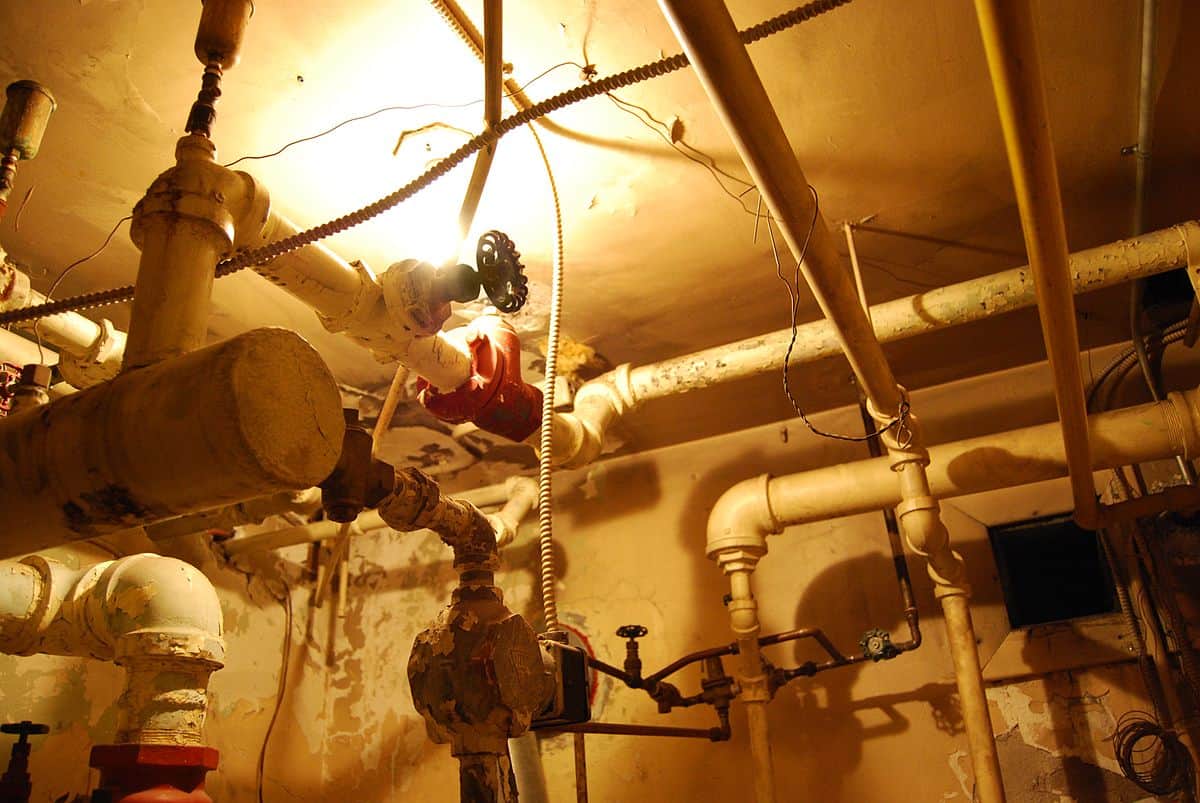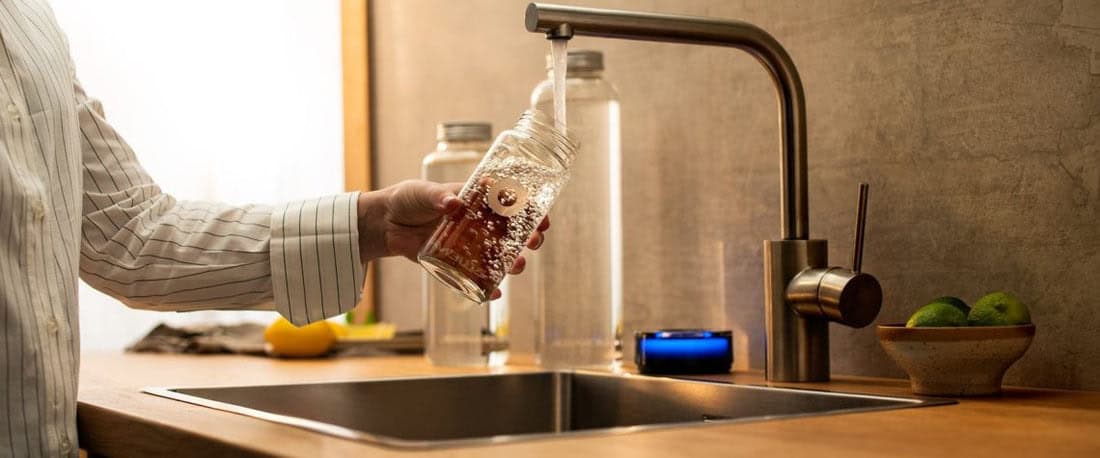Indoor plumbing has not been around for long, but it has made life better. Therefore, if this convenience had prompted you to ask questions such as when was indoor plumbing invented? You are not alone.
Generally, the plumbing of American homes was only developed after the 19th century. This was after the cities had developed and even water and sewage facilities and treatments were well established.
Before then, indoor water supply was only conserved for the elites in the society for example the kings and queens.
The Integration of Indoor Plumbing
Until the 1800s, people didn’t fully understand that unsanitary behavior was linked to illness. Water didn't even flow in houses until the 1840s, and only in the houses of the rich.
Isaiah Rogers had installed eight water closets in the Boston Tremont Hotel in 1829, the first hotel to use such plumbing system. The main White House was fitted with running water in 1833.
The Need for Sanitation Systems
The modern toilet did not exist till 1910. Other types of toilets were there before then. And then there’s that modern toilet that, for whatever reason, changed the world.
The water tank was elevated on this modern toilet. Its bowel and lid were like one found on our toilets today.
Infectious diseases suchs as typhoid and cholera motivated the need of sanitation systems. Better sewerage systems were invented, to direct wastewater further away from the homes.
When sewages sprung with better systems, more homes could house indoor plumbing systems. The plastic pipes we use today were invented in 1966.
The copper shortage was so bad they were nearly impossible to install copper pipes. Most homes already had, and continue to have, indoor plumbing, so manufacturers had to adapt.
20th Century Plumbing
By the mid 1930s, lawmakers had come to the same conclusion as medical professionals by agreeing that sanitary plumbing was an important public health measure. The installation of all hygienic systems was done strictly adhering to perfect installation and inimitable guidelines of both hygienic guidelines and plumbing codes.
Alfred Moen invented a single handle tap in 1937 after having burnt his hands severally on hot water from a two faucet. The single handle mixer tap invented by Moen is still in use till date.
By the mid 20th century most American homes had indoor plumbing. But some didn't get the system indoors until the 1960s.
The First Flushing Toilet
An English courtier, godson to Queen Elizabeth I, Sir John Harrington invented the first flushing toilet in 1596. The device was a two foot deep oval bowl waterproofed with pitch, wax, and resin.

Image: Bow Mar Water & Sanitation District
It was fed by water from an upstairs cistern. Seven point five gallons of water would be required for you to flush this toilet.
Harrington's flush toilet did work, and in fact Harrington installed a working prototype for Queen Elizabeth I, but it wasn't until a few hundred years for the toilet to catch on.
In the second half of 1775, a Scottish inventor, Alexander Cumming was granted the first patent for a flush toilet. He came up with an inverted S-shaped pipe below the bowl that through a closed water system created a seal to block sewer gas from coming through the toilet.
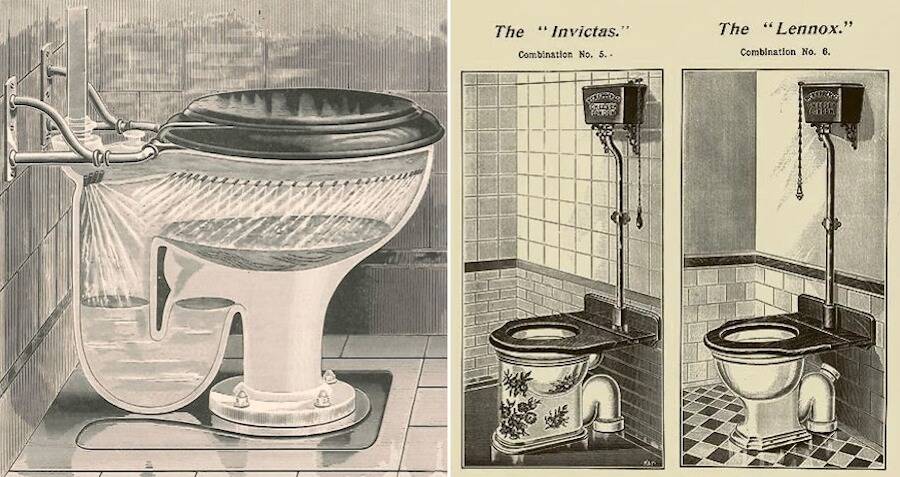
Image: Allthatsinteresting
Thomas Crapper developed the ballcock in the late 19th century enhancing the tank-filling mechanism of toilets.
The First Showers
Shower has made a lot of things easy, and has improved people’s lives in ways that many modern inventions typically do. But before modern showers were even invented, the Greeks were inventors of a precursor to modern showers. This precursor was used to spray the bather.
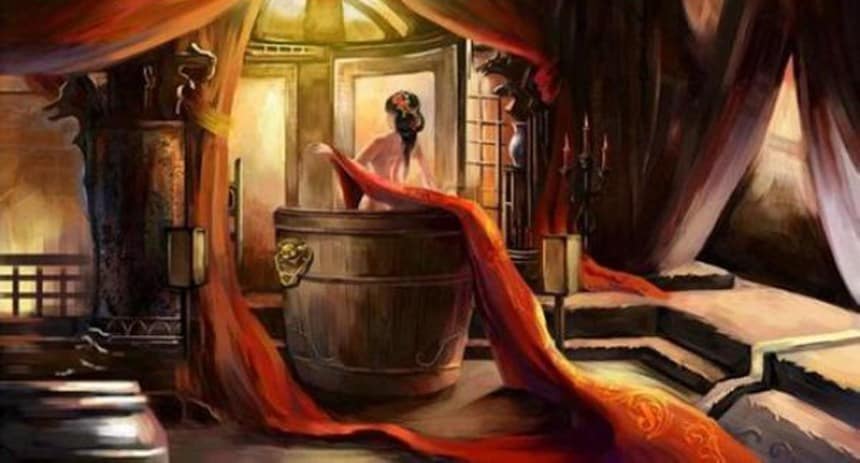
Image: Allthingschinese
While Ancient Romans did use bathing for socializing in public bath-houses. During the middle ages some of the people would spend money to have a bath at the town bathhouse.
In the year 1767, an English man, William Feetham invented the first mechanical shower. The way that the contraption worked was with a pump that would push water up into a bucket above the bather’s head.
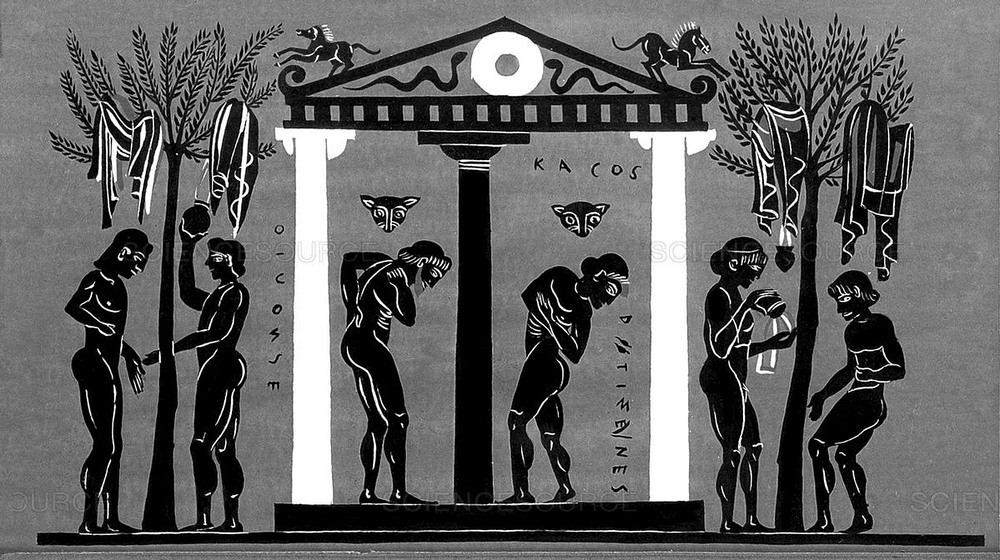
Image: Amusing Planet
Once the person was ready, they would yank on a chain to let water out. Unfortunately, though, this showering system isn’t very popular because there is no way to warm the water prior to showering.
After indoor plumbing was created shower's grew in popularity. Then they evolved into modern showers in our home today.
Modern Plumbing Pipe Materials
Most pipes are constructed from plastic-PVC and PEX, copper, and steel. But each material has its advantages and disadvantages. In this section, we will take a quick look at differences;
i) Copper Pipes
Corrosion resistant copper pipes last much longer. However, they also come with a high price tag.
ii) Steel Pipes
Steel piping is standard in most older homes. It is so thus because of its resistible strength. In the end however, they were replaced with copper pipes.
iii) Plastic Pipes
Plastic pipes are the cheapest pipes available in the market. They are however not very long lasting as they can’t sustain extreme temperatures.
How To Improve Plumbing Efficiency
1. Retaining Heat
Pipes and appliances can lead to the loss of heat. The good news is you can avoid this by swapping out old pipes with high end pipes that hold heat better. If the pipes are not worn out, put insulation over the pipes to stay warm for longer.
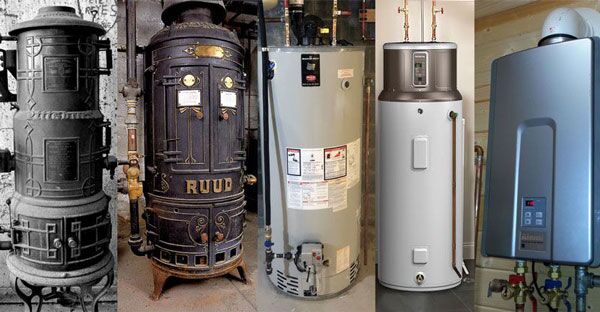
Image: 1-Tom-Plumber
Another way is to use tankless water heaters. There won’t be a need for the unit to work tirelessly to maintain the temperatures steady when there is no storage water tank. But if you already have a storage tank water heater, blankets made for the heaters can help you stay on top on the maintenance.
2. Prevention of Leaks
The average American family wastes 9,400 gallons of water a year to leaks in the home. That means if your tap still leaks even three drops of water per day, it is only wise to repair it. The best bathroom faucet brands will help you to prevent future leaks.
You can repair small leaks in your water closets and plumbing fixtures. Also, be on the lookout for other bigger issues that won’t show themselves at all like the slab leaks. If you are renovating, take these kitchen renovation plumbing tips into account to achieve the best results.
If the leaks are bigger, you can call a plumber to run a test to repair the damaged pipes. This is in addition, if your house pipes are old, you should have them checked often, at least once a year, before winter.
3. Reducing Water Usage
Every American use an average 82 gallons of water per day. That’s a lot and can be trimmed. Replacing your shower heads and faucets with low flow ones can also help with water cut in your home.
A better alternative would be to buy products marked with a government approved WaterSense logo since they use 20% less water than their traditional plumbing counter parts.
4. Low Flow Toilet
Indoor toilets are among the highest water consumers in your home. They can use up to 30 percent of all the water used in a house.
The only way to reduce the amount used in toilets is building low flow toilets. For example, old designs of Flushing toilets can uses up to 3.5 gallons of water per flush.
Luckily modern plumbing systems and WaterSense products ensure that every time you flush your toilet will use only 1.6 gallons.
5. Smart Plumbing Technology
In any modern plumbing system, the smart technology is among the main aspects. Tankless water heaters are some of the smart technology appliances used in modern homes.
Modern Day History
Ancient civilizations created indoor plumbing similar to those present today. While modern plumbing systems were created in the 19th century.
The first water heater was the biggest step into this invention. Installed in small buildings and houses, that was in the 1870s.
When people didn't have the water heater, they would put water in a pot, heat that water, pour it into the tub for bathing. With indoor plumbing in place, you can use hot water at your leisure. The best electric tankless water heaters that are used at home today have caused this.
Before the water heater was invented, people would heat water in a pot and then pour it into the tub for bathing. With indoor plumbing in place, you can enjoy using hot water anytime you want. This is because the best electric tankless water heaters adopted in homes today are performs better than the old fashion storage tanks.
Benefits of Indoor Plumbing
1. Water is More Accessible
In earlier days of modernization, people used to go to get water from either a lake or a river. However, now that plumbing has become modern, you can get it right from out of the faucet. All house chores doing even hit an easier note.
2. No more Stove Heating
Before the supply of water inside homes people used to boil water on the stove or on an open fire. Today, you can just turn on hot and cold water tap and get the water you need in your house.
As for water heaters, people can have hot water any time they want it. It has also been more enjoyable to bathe and shower.
3. No More Outhouses
Indoor plumbing had not come yet, people pour their waste in outhouses. Since it was invented though, you now have your toilet right where you want it; in your house.
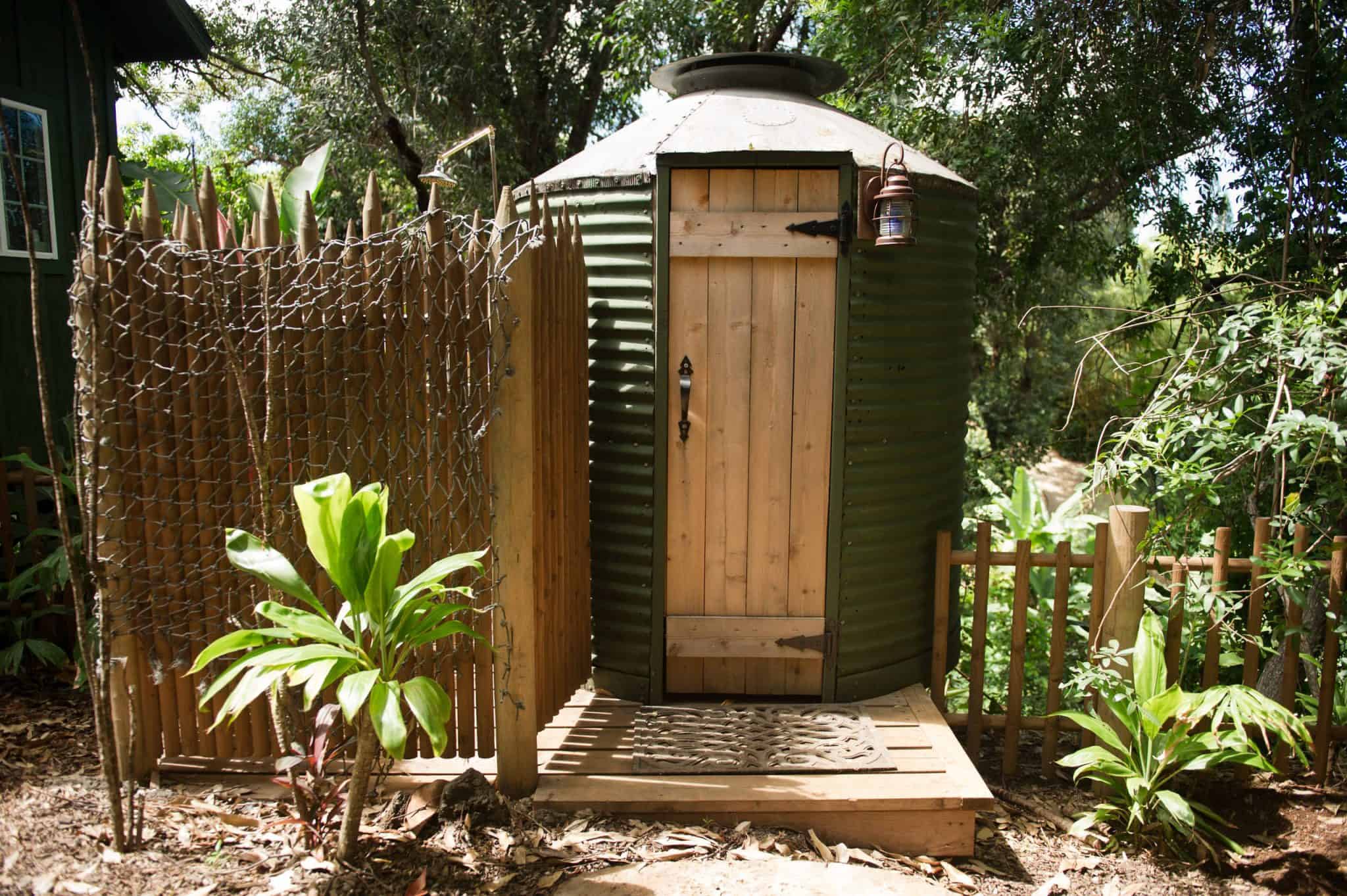
Image: Foyr Neo
Now think about how difficult it would be to have to go to the bathroom several times a night! Fortunately, you don't need to be afraid to pee, anytime or any weather.
Frequently Asked Questions on the History of Indoor Plumbing
1. When was toilet paper invented?
In the 2nd century BC the Chinese invented the wrapping material paper. By 6th century, the Chinese started used toilet paper.
In 1931, the family of the Chinese Emperor invented the first toilet paper. During the 15th century toilet paper was becoming more common. And while mass manufacturing of this asset started in the late 19th century.
2. Was there indoor plumbing in 1940?
By 1940, indoor plumbing had spread through up to 55 percent of the population. Still, 45 percent reported a lack of plumbing in their homes. Till 1900, it was not part of new home construction. This plumbing system was not so before 1900 so most of the homes did not have this.
